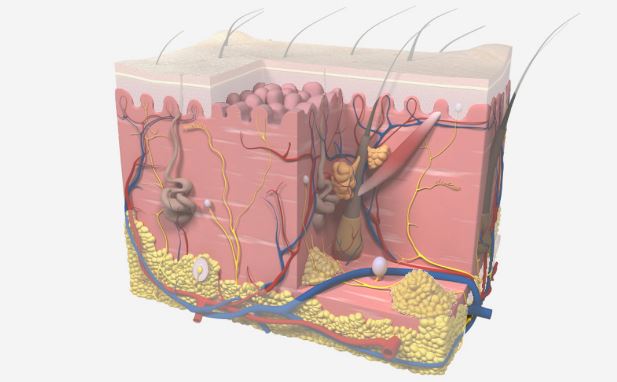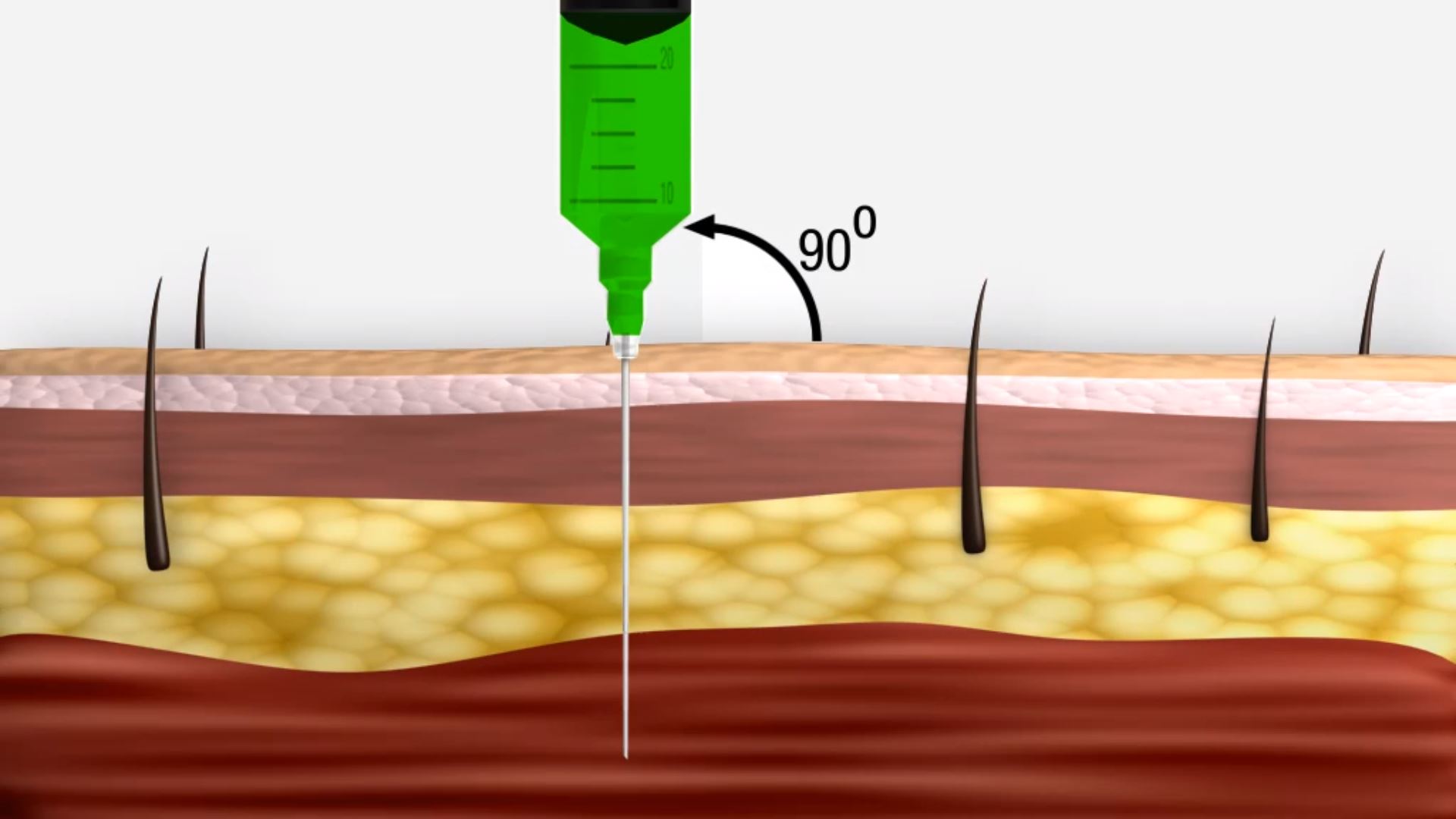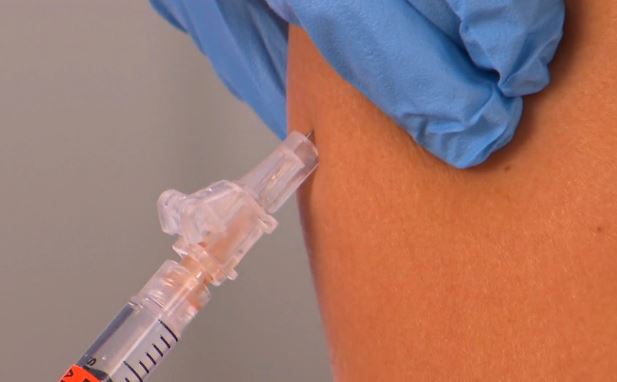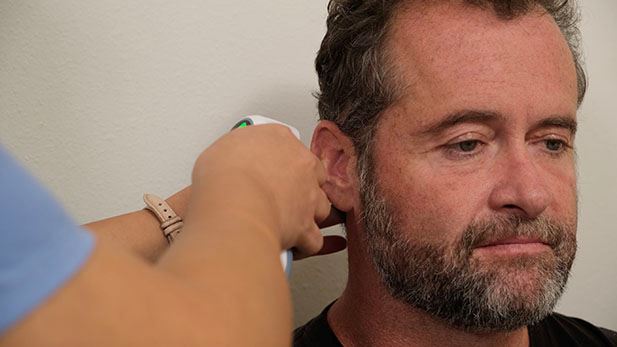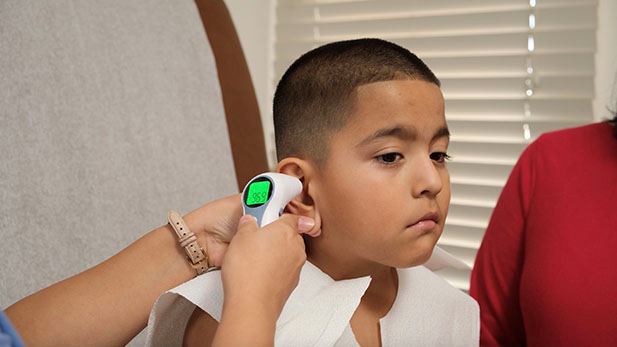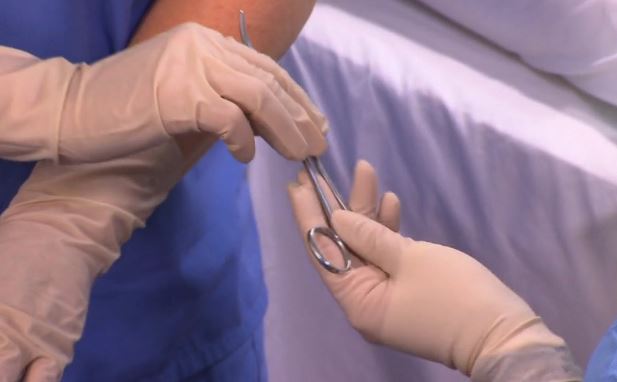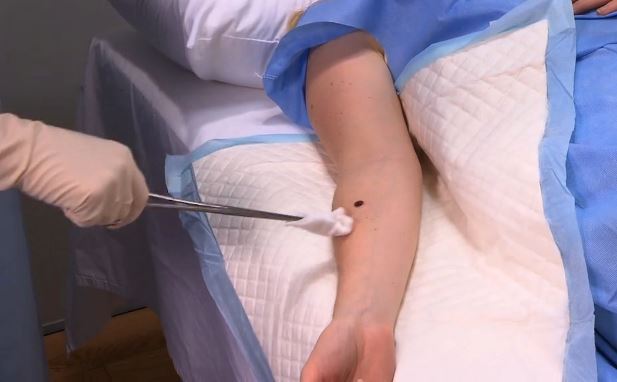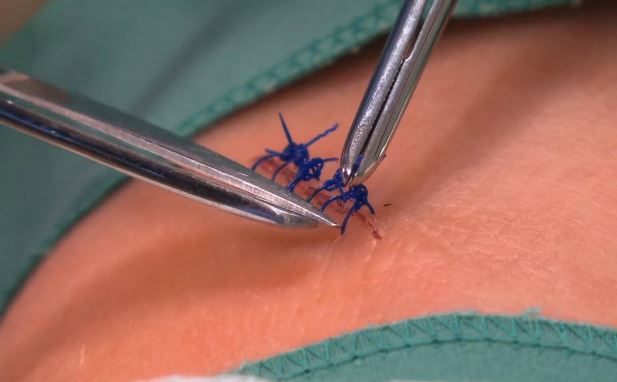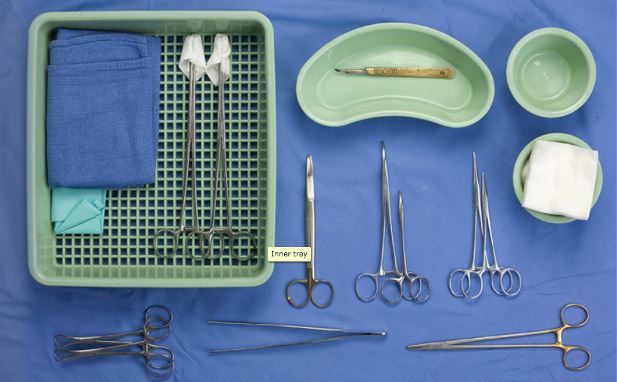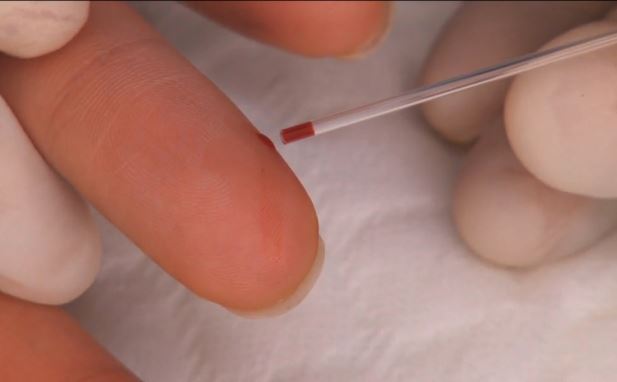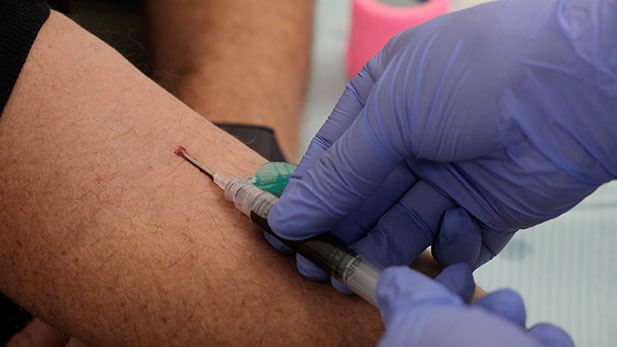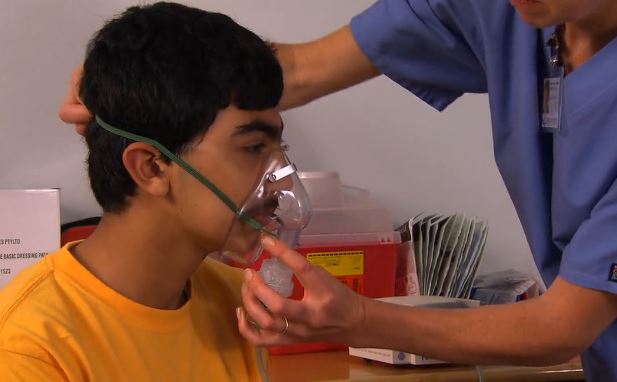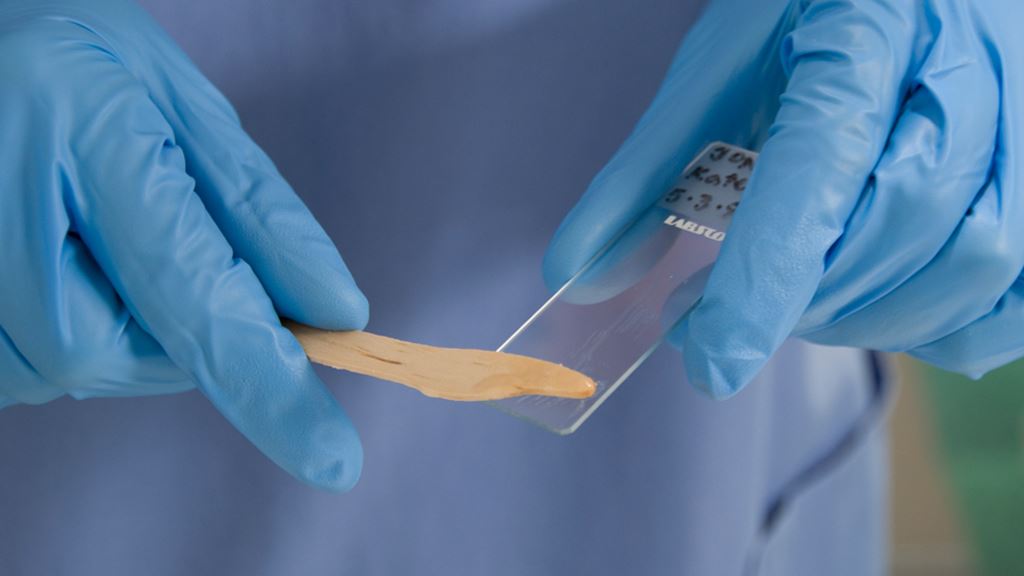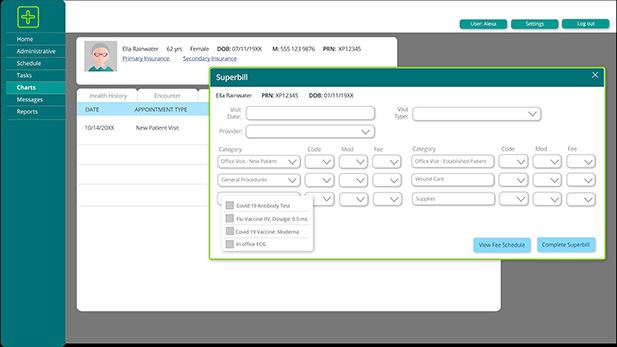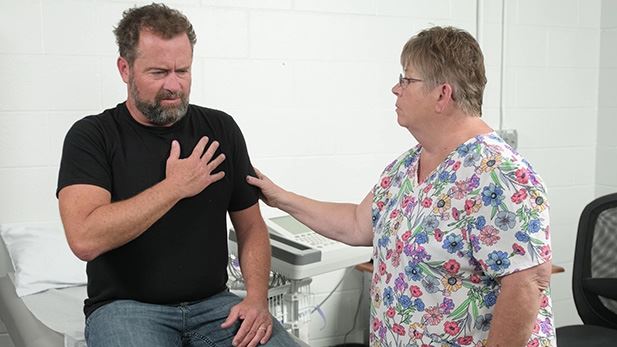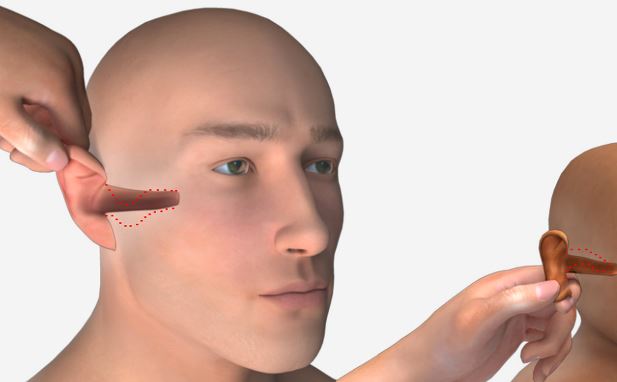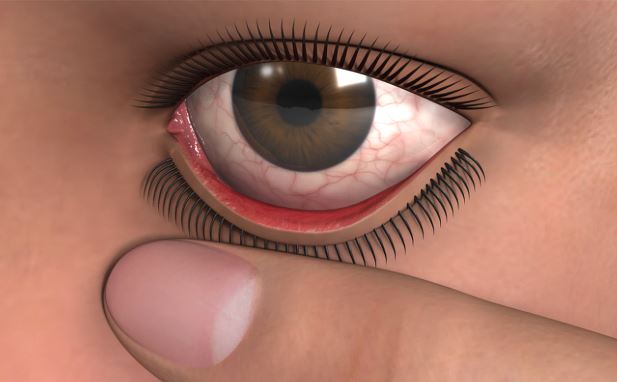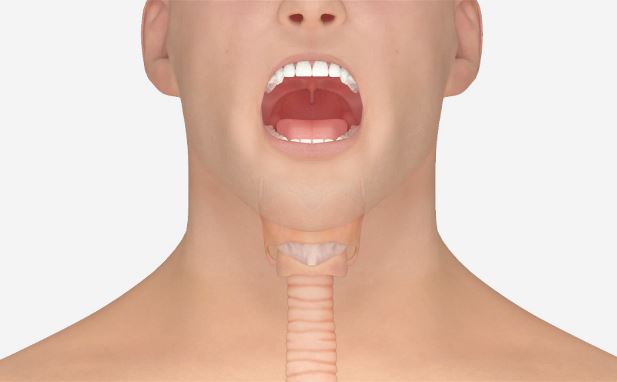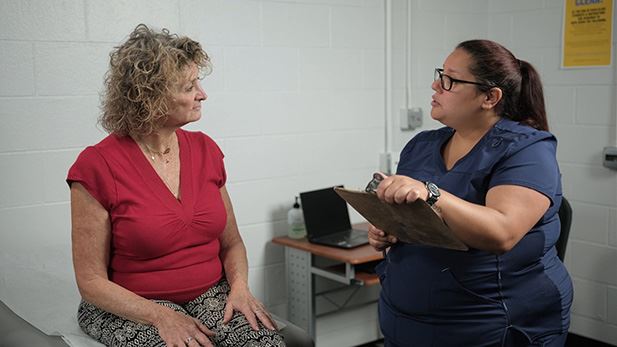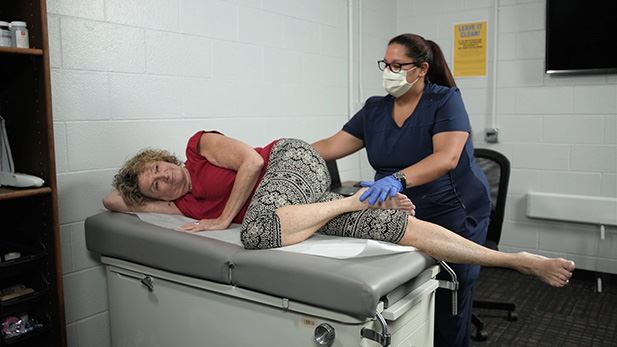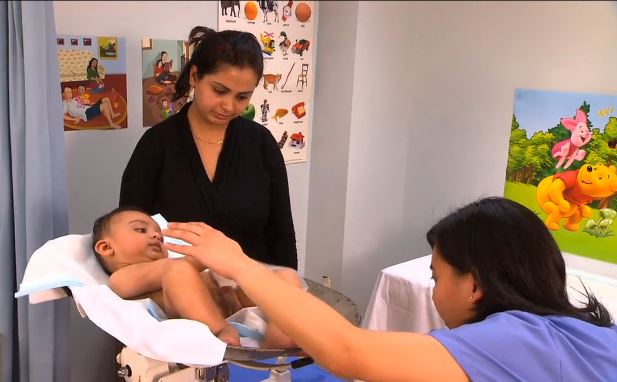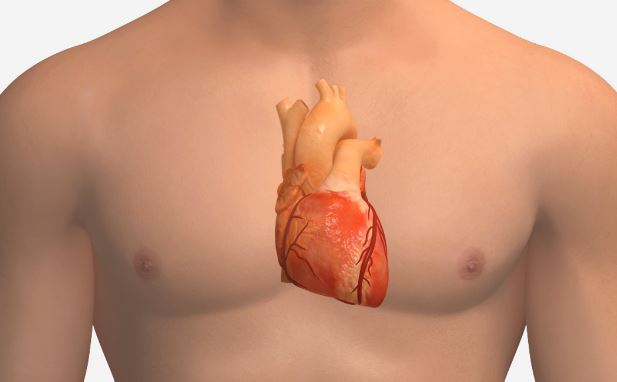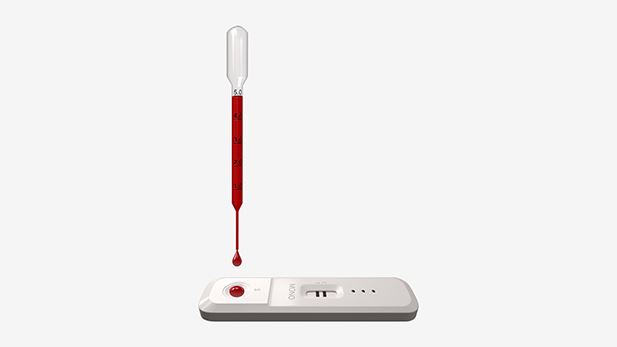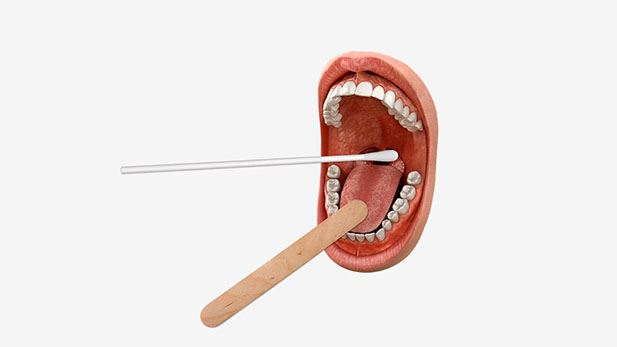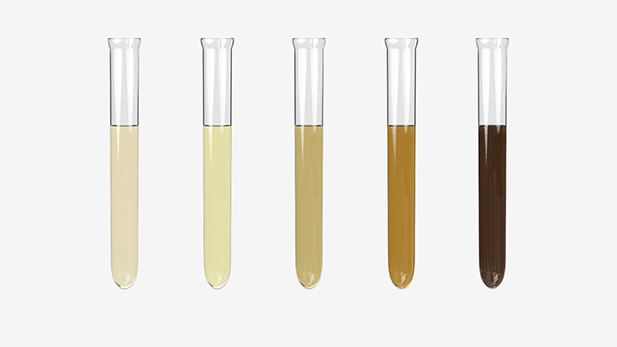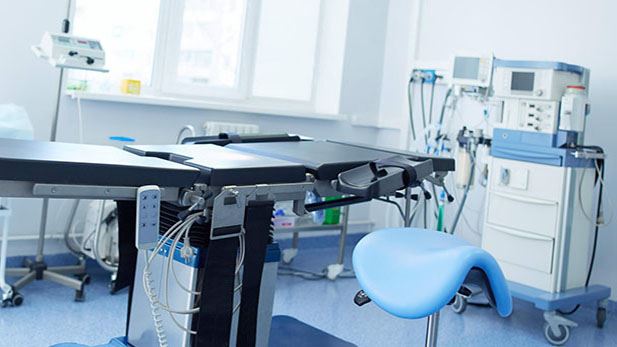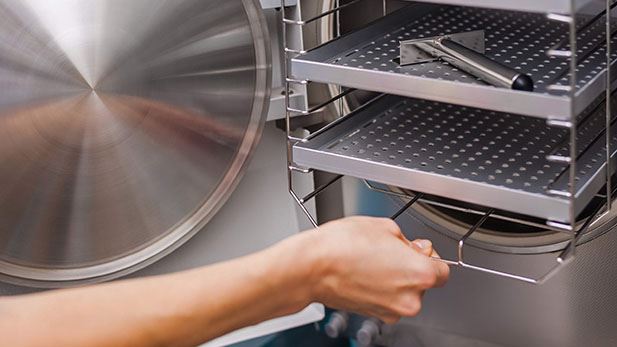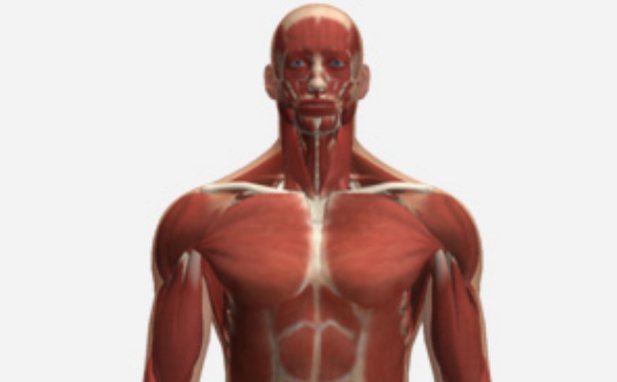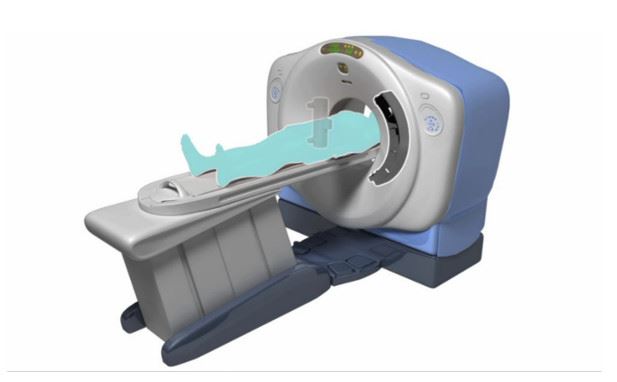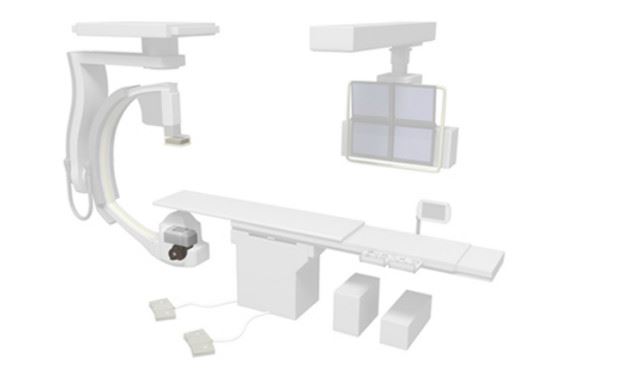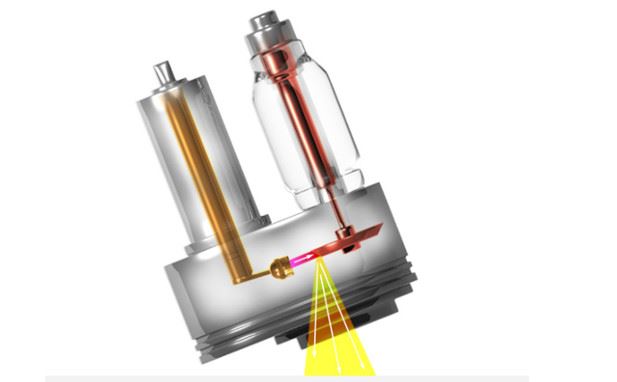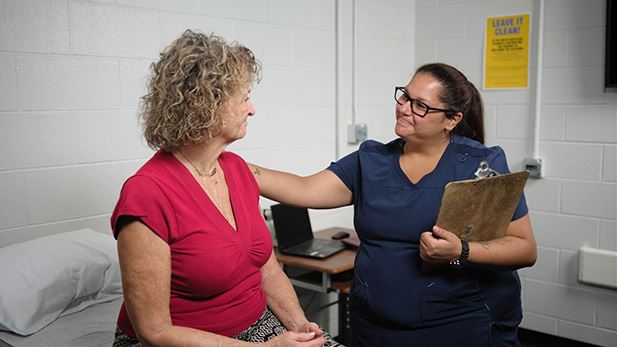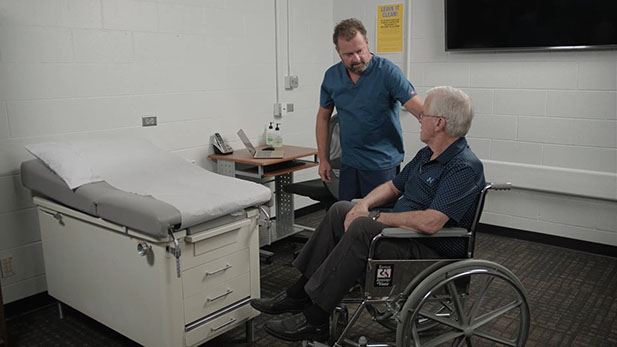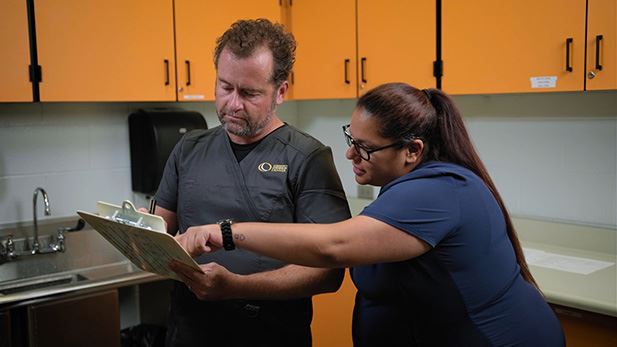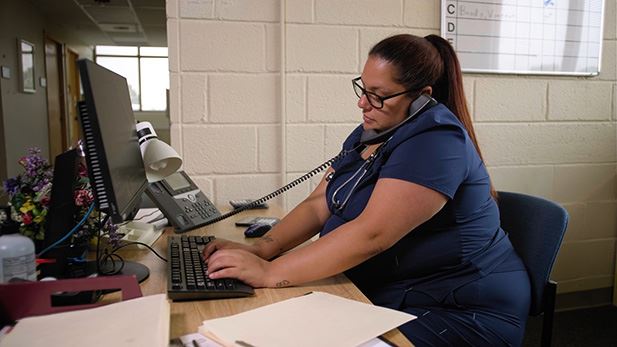

Library > Medical Assisting
Try Simtics for free
BOOK A DEMO CALL
Medical Assisting
With SIMTICS you can learn and practice the key clinical skills that Medical Assistants perform in a physician’s office, so you’ll be better prepared for your labs and externships. Learn how to get ready for each procedure, the correct steps to perform it safely, and the consumables, instruments and equipment you’ll be using. Browse our Medical Assisting and Lab Test modules on this page. Each module includes: a demonstration video, explanatory text with illustrations, an anatomy section with 2D and 3D images, the simulator with three different scenarios, and a quiz.
Purchase a personal subscription today and get access to all modules in your selected category!
FIND OUT MOREAdminister Intradermal Injections
Intradermal injections are commonly used for antibody and allergy testing, where the substance needs to be injected between the layers of the skin.
Administer Intramuscular Injections
Learn how to prepare for and administer intramuscular injections into the deltoid, vastus lateralis, dorsogluteal and ventrogluteal using powdered and liquid medication.
Administer Subcutaneous Injections
Learn how to prepare for and administer subcutaneous injections into the various sites using medication from vials and ampules.
Obtain Vital Signs - Adult
This module provides a thorough introduction to the process of obtaining adult vital signs, covering body temperatures, pulse rates, respiratory rates, and blood pressures.
Obtain Vital Signs - Pediatric
Learn the process of obtaining pediatric vital signs, covering body temperatures, pulse rates, respiratory rates, and blood pressures.
Assist with Minor Surgical Procedures
Learn how to assist the physician with minor surgery such as irrigating and cleaning a wound, suturing a laceration, or removing a foreign entity or a small growth.
Perform Skin Preparation for Minor Surgical Procedures
As a nurse or medical assistant in a doctor's office, you may be asked to perform pre-surgery skin preparation. Learn how to perform skin preparation for minor surgical procedures.
Perform Suture Removal
Learn how to remove sutures and practice the steps of the procedure as often as you want, until you feel confident.
Prepare for Minor Surgical Procedures
Learn how to prepare for minor surgical procedures, correctly open the surgical instrument pack, and add required sterile instruments, while using a sterile technique.
Perform Capillary Puncture and Hematology Testing
Learn how to prepare for, perform, and document safe and correct techniques using capillary puncture from a variety of adult and infant collection sites.
Perform Venipuncture
This module covers how to prepare for and perform safe and correct methods for blood collection, using a variety of venipuncture (phlebotomy) techniques.
Administer Nebulizer Treatment and Assess Peak Flow
This module covers how to prepare for and administer nebulizer treatment, assess peak flow and perform a spirometric test.
Assist with Pap Smear and Breast Examination
The Papanicolaou (Pap) smear is a test used to detect pre-cancerous and cancerous changes in the uterine cervix. Learn how to assist the physician to perform this procedure.
Electronic Health Records
This module provides knowledge on the medical assistant's role as it pertains to electronic health records (EHR).
Handling Medical Emergencies
This module provides knowledge on the medical assistant's role in the handling of medical emergencies.
Irrigate the Ear and Instill Ear Medication
This module provides a detailed overview of how to prepare for and perform irrigation of the patient’s ear and instill ear medication.
Irrigate the Eye and Instill Eye Medication
As a nurse or medical assistant in a doctor's office, you may be asked to assist with minor eye injuries or eye treatment. Learn how to perform this procedure.
Obtain Swabs for Culture
Learn how to prepare for and obtain swabs for culture from the back of the throat and from wounds.
Patient History
This module provides knowledge on the medical assistant's role in taking patient history.
Patient Positioning
This module provides knowledge on the medical assistant's role in assisting the physician with patient positioning.
Pediatric Assessment (Infant)
A pediatric assessment is carried out as part of a well-child visit to determine growth and developmental patterns, and assists in identifying congenital problems, abnormalities, and disorders. Learn how.
Perform ECG and Interpret
A medical assistant may be responsible for setting up and performing electrocardiogram (EKG or ECG) testing. This module teaches you how.
Perform Rapid Infectious Mononucleosis Test
Learn how to prepare for and administer a rapid infectious mononucleosis test.
Perform Rapid Strep Test
Learn how to prepare for and administer a rapid strep test.
Perform Routine Clinical Urinalysis Test
Learn how to prepare for and administer a routine clinical urinalysis test.
Disinfection and Sterilization in the Outpatient Setting 1
This module is part of a 2-volume set. Part 1 provides knowledge of proper disinfection and infection control techniques of the equipment and treatment rooms.
Disinfection and Sterilization in the Outpatient Setting 2
This module is part of a 2-volume set. Part 2 provides knowledge of proper sterilization techniques of medical equipment to help prevent the spread of disease through contaminated equipment.
Basic Radiographic Techniques
This module provides a thorough introduction to basic radiographic techniques, and demonstrates how to set up and perform an X-ray procedure.
Computed Tomography and Magnetic Resonance Imaging
This module covers the basic principles of CT, spiral CT and MRI scanning, the differences between them, and advantages of each.
Fluoroscopy and Interventional Radiology
This theory module provides an overview of fluoroscopy and interventional radiology.
Mammography, Bone Densitometry, and Quality Control
This module provides an overview of mammography and bone densitometry, enhanced forms of X-ray technology that are used, respectively, to examine breast tissue and measure bone loss.
Communication
This module provides knowledge on how to communicate professionally as a medical assistant.
Medical Ethics and Legal Considerations
This module provides knowledge on how to practice professional ethics as a medical assistant.
Teamwork
This module provides knowledge on how to work well with a team as a medical assistant.
Time Management
This module provides knowledge on how to practice effective time management skills as a medical assistant.
